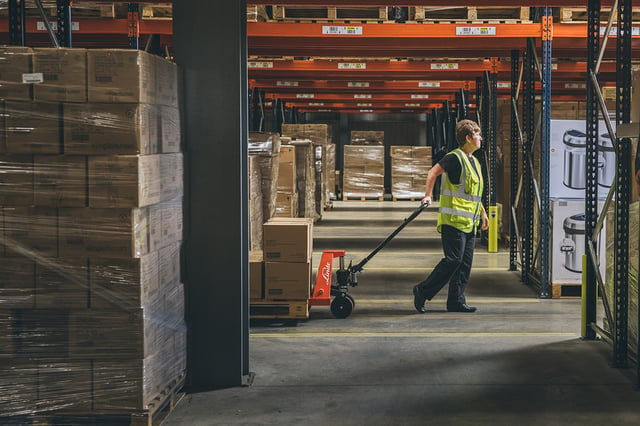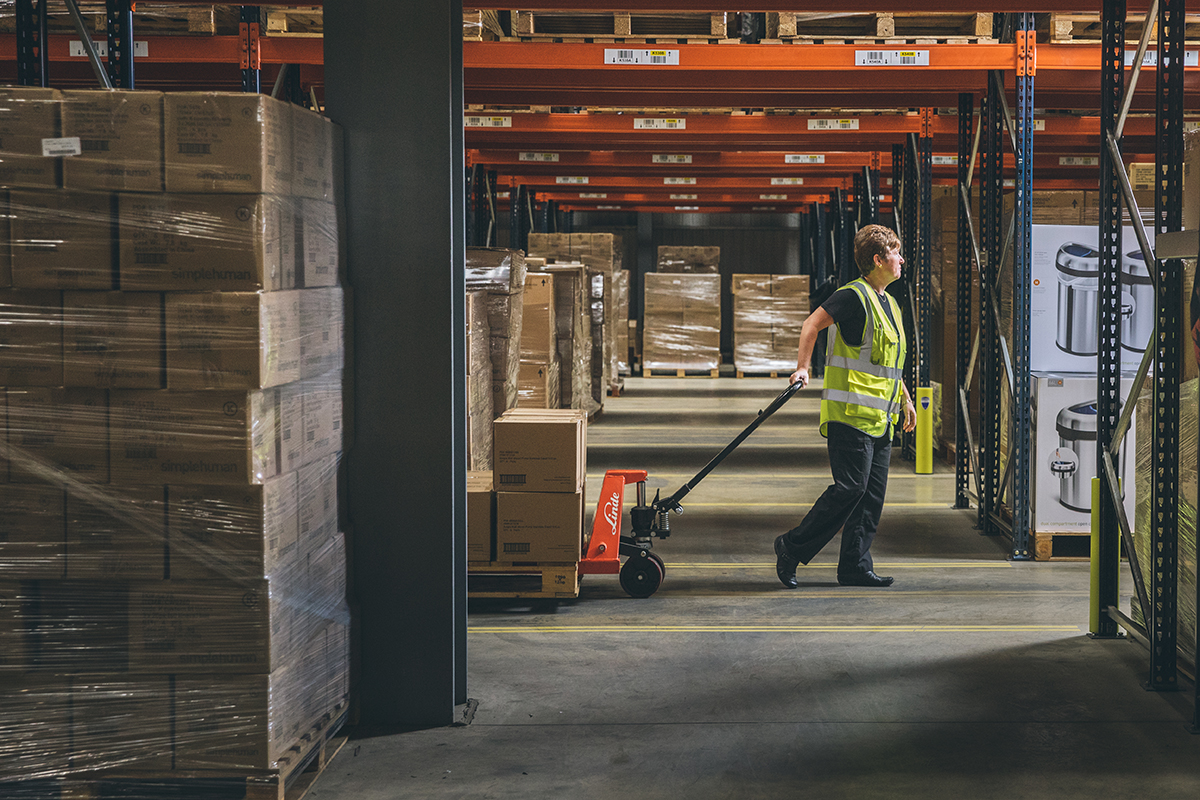Don't get left behind in the European space race
The race for precious warehouse space is moving overseas as post Brexit uncertainty and red tape continues to wreak havoc with supply chain planning and distribution.
Competition to hoover up land for extra fulfilment has reached fever pitch – especially since retailers and burgeoning e-commerce operators have already looked to make the most of every inch of existing warehouse space here - so many have been left with no alternative but to invest in distribution networks within the EU.
Toy train maker Hornby and clothing retailer JD Sports are among leading UK firms desperately seeking warehouse space in booming logistics hotspots like The Netherlands and Germany to offset port delays, extra freight taxes and courier costs, plus new VAT and customs fees.

But how do British businesses overcome travel restrictions, social distancing directives, and on-site labour shortages to make such a move – especially when it comes to onboarding and maintaining a new warehouse management system? The answer lies in the power of cloud-based warehouse management systems (WMS) that have the capability for both Remote Implementation (RI) and self configuration.
RI allows the latest best of breed WMS software to be onboarded from anywhere in the world, while producing the same adoption and use as traditional on-site engagement and still within 30 – 60 days.
Not only is this a highly efficient and effective way of introducing a WMS, but it reduces the total cost of ownership, delivering fast return on investment.
For anyone exploring the RI route, they should check the quality of the tailored virtual support on offer, as it is key to success. This includes regular online training and status meetings, ensuring new teams can digitally access and rigorously test all the system parameters before go live.
But once the new WMS is up and running to serve EU customers it should also be capable of lifting optimisation to the next level through best use of the available new space.
Cloud-based systems, such as SnapFulfil, use real time location, receiving, shipping and inventory data – essential in this post Brexit era – to determine an optimal warehouse layout and can pinpoint the exact location of stock, how much there is available and the most efficient picking method.
A key cost component for many WMS solutions is maintenance and changes to the programming to respond to changes in demand for type, size and frequency of goods in and out. To meet today’s fulfilment challenges, swift and timely self configuration is a must, whereby teams have the skillset to manage that process onsite without waiting for a costly engineer to carry out the task on their behalf. The freedom of self configuration leads to a far more nimble operation and unnecessary service charges are removed.
Dynamic functionality like this can also quickly improve the storage capacity of the average warehouse (old or new) by between 20 and 30 percent.
So, don’t feel held back in the race for coveted European distribution space and ensure you’re operating as efficiently and accurately as possible straight away - and even while on the fly - wherever you may be located in this extra challenging world we live in.



